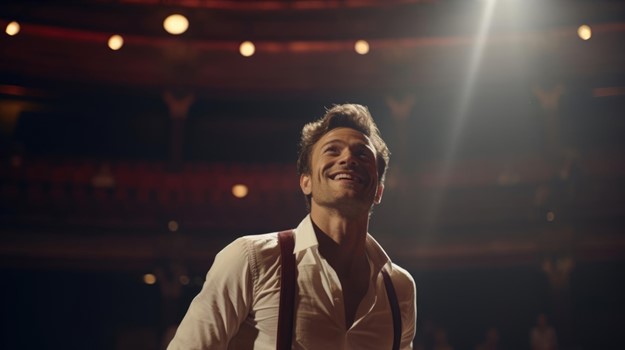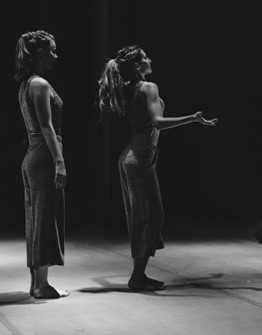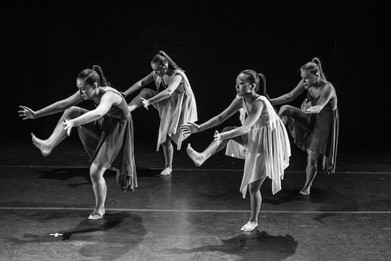
James Snyder of Broadway exemplifies the enduring allure of live theater, having captured the hearts of audiences night after night with his powerful performances throughout his career. Broadway, the pinnacle of theatrical achievement, has long been celebrated for its unique ability to create an emotional connection between actors and audiences, something that no other form of entertainment can replicate. But what exactly makes live theater, and Broadway in particular, so magical and irreplaceable?
The Intimacy of Shared Experience
One of the most compelling aspects of live theater is the intimacy it fosters between the performers and the audience. Unlike film or television, where the viewer is distanced by a screen, theater places the audience in the same physical space as the actors. This proximity allows for a shared experience that is both immediate and personal. Every performance is unique, with subtle variations in delivery, emotion, and timing that can only be experienced in that specific moment.
James Snyder of Broadway has often spoken about the energy exchange that occurs during a live performance. The audience’s reactions—whether laughter, gasps, or applause—feed into the actor’s performance, creating a dynamic loop of interaction. This real-time connection is something that cannot be edited, paused, or replayed; it is a living, breathing moment in time that both the actor and the audience co-create.
The Rawness of Live Performance
Live theater also offers a rawness that other forms of entertainment cannot. There are no second takes on stage, no opportunities to edit out mistakes or enhance performances with special effects. This vulnerability is what makes live performances so thrilling. Actors must be fully present, responding to the energy in the room and adapting to any unforeseen circumstances that may arise. This spontaneity brings a sense of authenticity and excitement to the performance.
For actors like James Snyder of Broadway, this rawness is both a challenge and a gift. It demands a deep level of preparation and skill, but it also allows for moments of pure magic that can only happen in live theater. A well-timed pause, a glance shared with the audience, or an impromptu reaction can turn a great performance into an unforgettable one.
The Power of Storytelling
At its core, theater is about storytelling. Broadway, with its rich history and diverse range of productions, has perfected the art of telling stories that resonate on a deeply human level. Whether it’s a classic musical, a contemporary drama, or an avant-garde piece, Broadway shows have the power to transport audiences to different worlds, evoke a wide range of emotions, and provoke thought and discussion.
James Snyder of Broadway has been a part of numerous productions that highlight the transformative power of storytelling. These stories are not just told through dialogue but through every element of the production—set design, costumes, lighting, and, of course, the music. Each element works together to create an immersive experience that engages the audience’s senses and emotions.
The Legacy of Tradition and Innovation
Broadway’s magic also lies in its ability to honor tradition while embracing innovation. The rich history of Broadway is filled with iconic shows that have become cultural touchstones. These productions continue to be revived and reinterpreted, allowing new generations of theatergoers to experience them in fresh ways.
At the same time, Broadway is not afraid to push boundaries and explore new ideas. From groundbreaking musicals that tackle contemporary issues to experimental staging that challenges traditional theater conventions, Broadway remains at the forefront of artistic innovation. This balance of tradition and innovation is what keeps Broadway relevant and exciting in an ever-changing entertainment landscape.
James Snyder of Broadway is a perfect example of this balance. His performances often bridge the gap between the classic and the contemporary, bringing new life to well-loved roles while also embracing new, challenging material. This versatility is what makes Broadway actors like Snyder stand out in the world of entertainment.
The Communal Aspect of Theater
The communal aspect of theater is a significant part of its magic. When you attend a Broadway show, you are not just a passive observer; you are part of a community. The collective experience of watching a story unfold on stage, surrounded by others who are equally engaged, creates a sense of belonging and connection. It is a reminder that, despite our differences, we all share common emotions, dreams, and struggles.
James Snyder of Broadway has often noted the sense of community that theater fosters, not just among the audience but also within the cast and crew. The collaborative nature of theater, where every person plays a crucial role in bringing a production to life, mirrors the larger human experience of working together to create something meaningful.
Broadway remains unmatched in the world of entertainment because it is more than just a show; it is an experience. The immediacy, authenticity, and emotional depth of live theater create moments that linger long after the curtain falls. In a world where so much of our entertainment is mediated by screens, Broadway’s ability to connect us—to the story, to the performers, and to each other—is a powerful reminder of the enduring magic of live performance.











